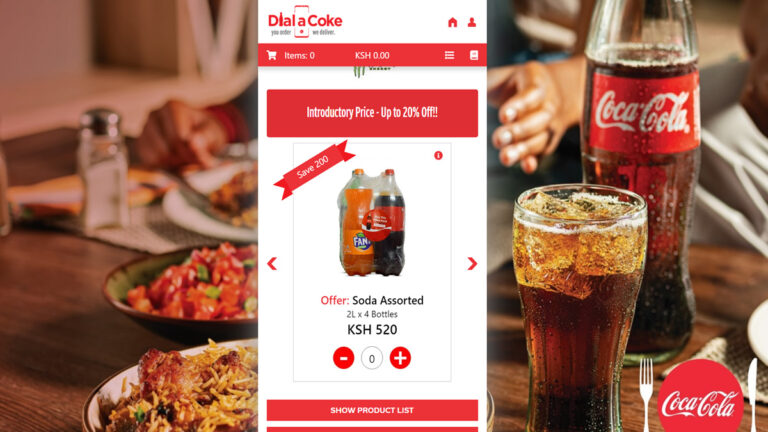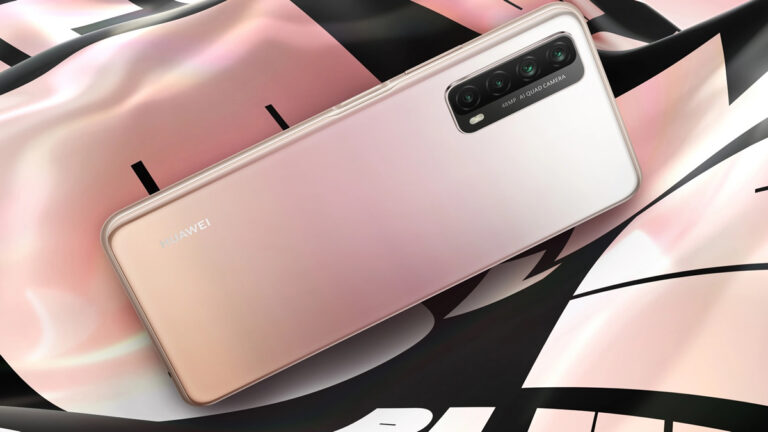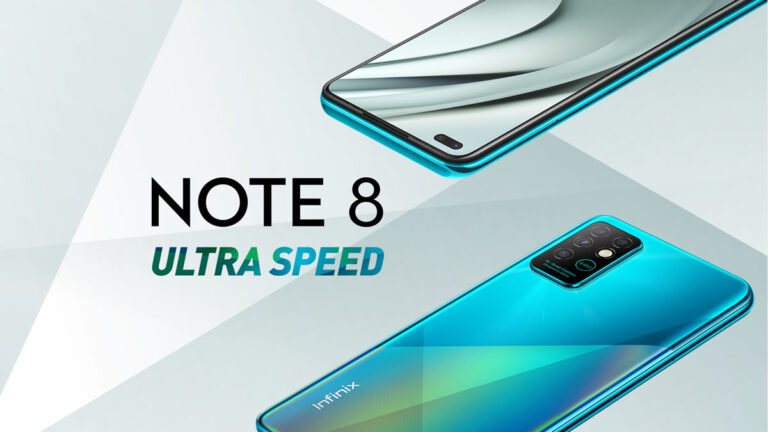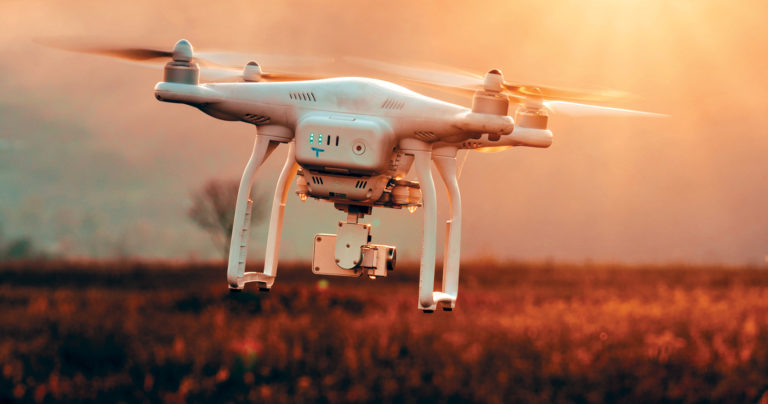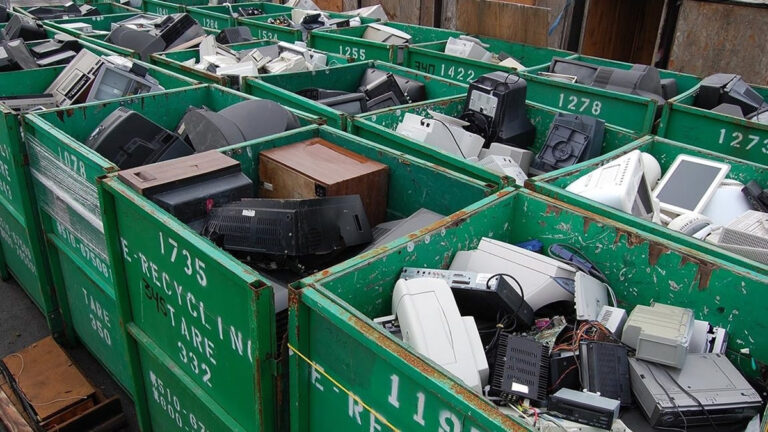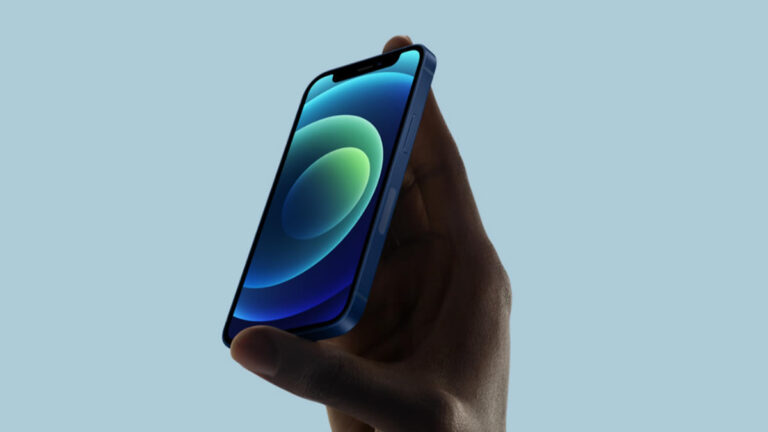The current pandemic has had impacts on both businesses and consumers to the tune most of us have never experienced before. This has led major brands across the world to resort to tech innovations that somehow may allow continuity by enabling businesses to continue offering services without requiring consumers to be physically present at their offices or shops. Coca-Cola has also joined many firms that now allow consumers to buy their products from an online platform and have them delivered at their residences.
Through DialAcoke service, Kenyans within major towns in the country can easily purchase Coca-Cola products and have them delivered wherever they are, a service that more or less resembles the likes of Jumia and Glovo. Businesses have had to reconsider e-commerce alternatives to mitigate the effects we now face due to the novel corona virus, which have so far caused many people worldwide to shy making those essential trips to stores as a way to exercise social distancing.
Coca-Cola which is known to make some of the most popular soft drinks worldwide unveiled a home delivery service after a period of unimpressive sales due to the pandemic. The soft drinks maker said it had to compensate distributors to the tune of Ksh. 32 million in expired drinks laying across the country as dead stock after a period that saw meagre sales.
Entertainment spots as well as dining out events shut down during pandemic period resulting in massive loses in sales to the soft drink maker as the country embarked on social distancing measures to curb the spread of the virus.
Speaking on the launch of DialAcoke service, Coca-Cola commercial manager for East Africa region Theuri Chege said the company developed the platform to enable consumers continue enjoying its products from the convenience of their homes.
DialAcoke is currently limited to major towns including Nairobi, Nakuru, Mombasa, Eldoret and Kisumu, but its expected to be rolled out to other areas in due course. Theuri further said the home delivery service alongside its countrywide distribution network will ensure that consumers across the country are able to access Coca-Cola’s products.
How to order Sodas, and other Coca-Cola products through DialAcoke platform
- First, you’ll need to head over at https://dialacoke.com/
- Add the items you intent to buy to the shopping cart, a minimum of Ksh. 1,000 worth of products is required for the service
- Register on the platform by entering your mobile phone number
- Once you’ve confirmed your number, a one-time password will be sent on your phone. You’ll need to enter the code
- Confirm your preferred delivery date, items purchased before noon can be scheduled for delivery the same day.
- Confirm your address and proceed to confirm the payment request sent on your phone via MPESA
- You should receive an order confirmation via text message and email
- A standard delivery fee of Ksh. 200 will be applied.

